When choosing the right color for your metal roof, you may feel overwhelmed and unsure which alternative is superior. This article will discuss how to pick the right metal roof color to make a selection simpler and quicker. So, what's the best metal roof color to reflect heat? I will discuss it more in this article.
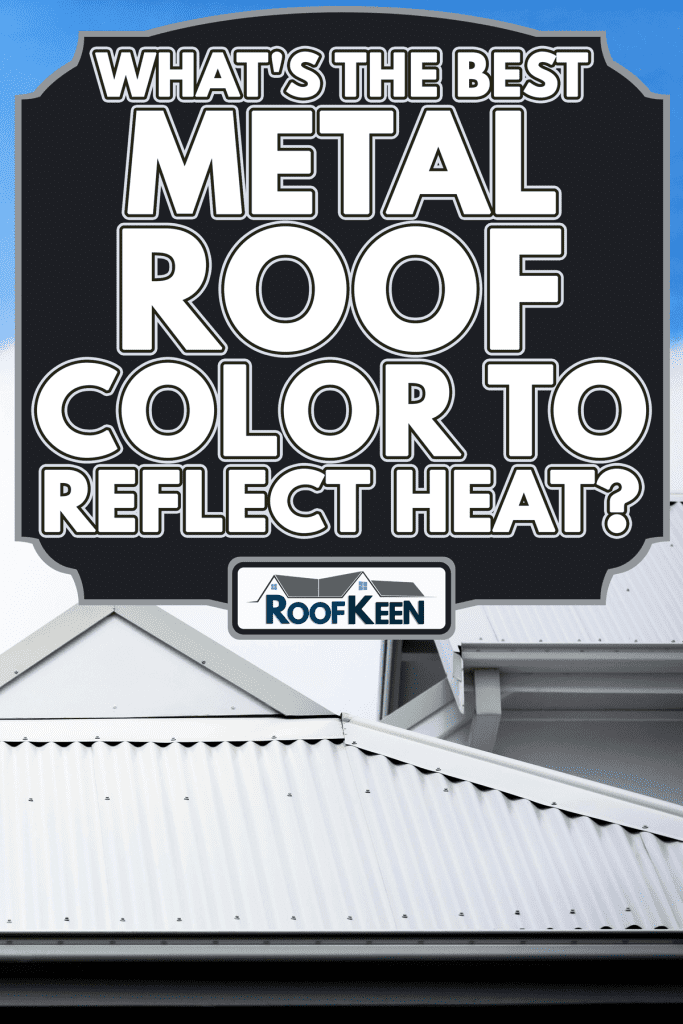
Metal Roof Color Options
Choose colors that go well with the house's design or choose matching hues that work well with the area. The following are some possible color options that you may match by location:
- Tropical
Roofs in vivid hues are typically more popular among homeowners who live in warmer climates or tropical settings. Roofs in lighter colors can reflect more sunlight, which helps to keep your home cooler and lowers your power bills.
Metallic hues, such as Patina Green, Regal Red, Sage Green, Aged Copper, Regal Blue, Slate Blue, or bespoke formulas, are popular. Zinc Metallic and Raw Metal are also employed.
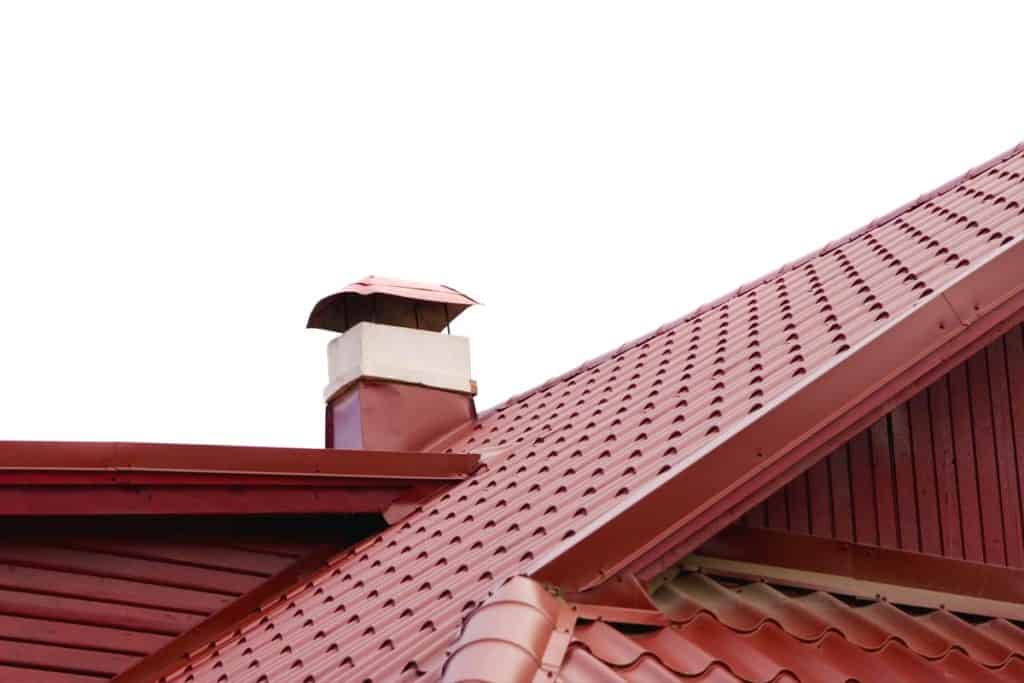
- Woodlands
Many people who live in houses surrounded by nature, such as the mountains or woods, choose materials like wood, steel, and stone to construct their homes. Installing a metal roof with a matching natural color adds to the natural beauty of your environment.
Ideal hues include Medium and Dark Bronze, Classic Green, Evergreen, Hartford Green, Burnished Slate, and any tone of gray. Roofs in these settings look fantastic in weathered, rusted, or matte finishes.
- Plains & Deserts
Homes in areas with little rainfall and high temperatures in the summer are often located on flat expanses of land surrounded by drought-resistant vegetation. Due to the low amount of precipitation and extreme heat during the summer, Lighter hues are more frequently used for their reflecting qualities.
The following are some of the most popular paint colors for your roof: Brown tones like darker grays like Ash or Dove, Black Ore Matte, Medium Bronze, peach, or orange (Terracotta) are complementary. Weathered, rusted, and matte effects are preferable.
- Southern
Spanish architecture is typical in southern houses, generally closer to Mexico. Terracotta, Colonial Red, or Copper are some of the colors used. Farmhouses, Colonials, cottages, ranches, and Craftsman homes predominate in the region nearest to the Gulf of Mexico. Metal roofs are standard on these houses, which may be white, light blue, light gray, light green, or natural in color.
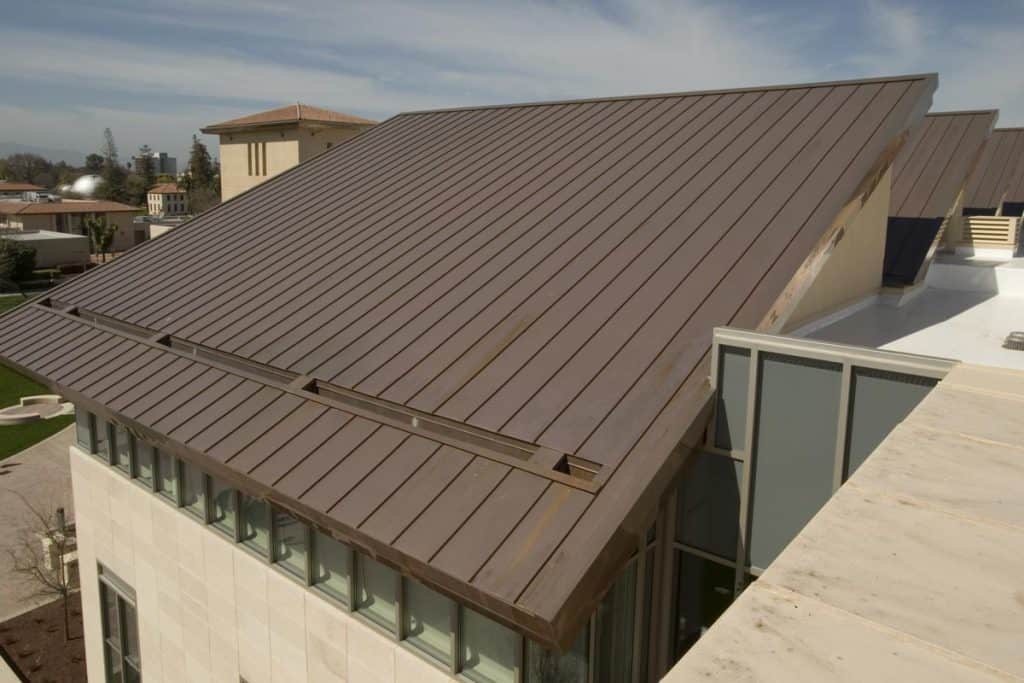
Read more: Does a silver metal roof reflect heat?
How to Choose Best Colors
Here are some suggestions for selecting the right Metal Roof color.
Color Collocation
When it comes to selecting a color for your metal roof, you should pick one that complements the other significant hues.
Consider the outside walls, accents (doors and shutters), trim, gutters, wood (or metal) of porches, railings, columns, fascia board, and other colored materials for your home. You might also want a roof that matches similar outbuildings such as industrial workshops or sheds.
Read more: What’s the best roof color to reflect heat?
Finish of Paint
Paints can be matte, glossy, metallic, or flat in appearance. The potential finishes include ashen (shiny), antique (matte), gleaming (metallic), and smooth (flat). Raw describes unpainted metal, while weathered implies that the metal indicates wear and tear.
You'll need to think about the kind of paint you want. Acrylic resin-filled metal roofs with UV-blocking properties can assist keep the color of the paint vivid and prevent rust, corrosion, peeling, and water absorption.
EnergyStar certified shingles have a 30-year warranty and prevent heat absorption, so you'll save money on cooling. You can expect to pay 7% to 15% less for your roof than if you used asphalt shingles because of these finishes, which result in temperatures 50 to 60 degrees cooler. Roofs that meet EnergyStar standards may also be eligible for tax credits in some jurisdictions.
House's Location
Some customers prefer to have their roof color match the natural scenery. Roofs that blend in rather than stand out are popular in rural areas with many trees and nature.
If you live in a particularly colorful community, such as one full of florists or hairdressers, you might want to pick a roofing color that complements the other homes in the area. While choosing a different color, you need to follow the color scheme to achieve a more muted tone rather than one that stands out.
Best Metal Roof Colors
You'll see that there are many different variations of the fundamental colors when comparing numerous color choices for metal roofs. These hues have minor fluctuations in tone, coloring, and brightness.
Dark-colored roofs may make a tall structure seem less intimidating, while brighter metals can make your roof appear taller.
The most frequent primary colors for metal roofing are:
- White
- Gray
- Brown
- Red
- Blue
- Green
Although the most popular hues are listed above, each type comes in various colors. Some variants may be more popular than others.
Color Combinations That Are Both Interesting and Inventive
Roofing materials with various colors offer a far greater variety of color combinations than those made from one or two. You may use these displays to see how multiple hues combine with your home's current colors.
Take the time to notice how each color looks in a different light when comparing your various color samples. Colors can appear very distinct during a bright sunny day than during an overcast sky. How does the color measure up at twilight or night?
Darker roof colors look best on mostly white homes, pastel tones, or other light hues to avoid a washed-out appearance. This guideline is invalid for vacation or summer houses that frequently have roofs that match the exterior walls. Gray, red, green, and white are some of the most popular colors.
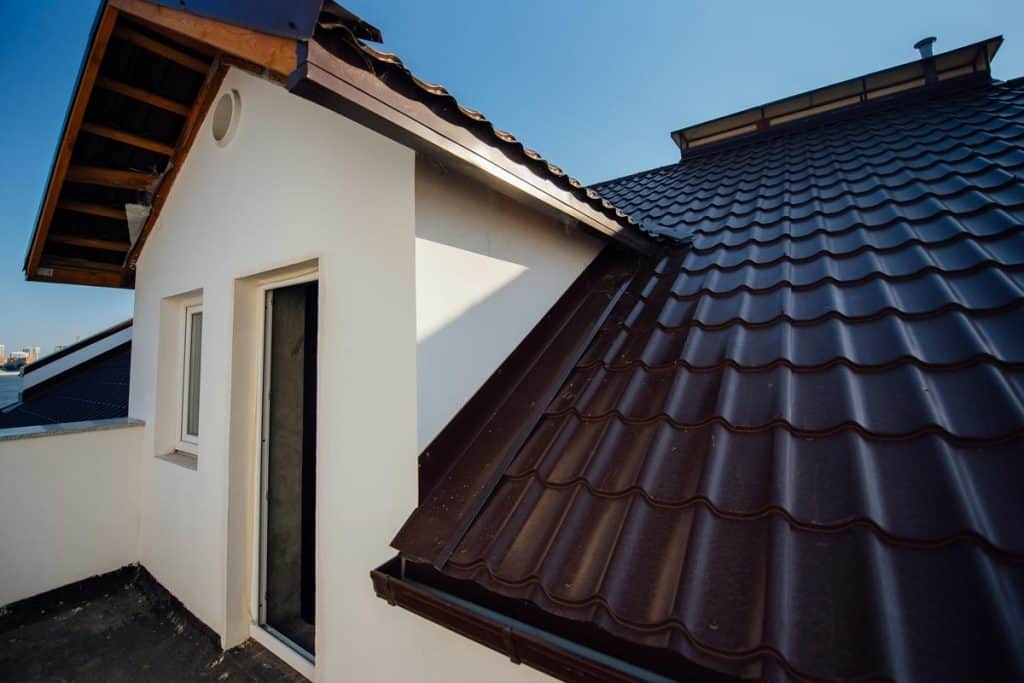
Roof colors that complement natural wood hues, wood shingles, or cedar shake are copper or beige. Slate-colored roofs also go well with the mix of colors. Homes in darker colors can be paired with a wide range of colors, with beige, black, copper, and charcoal gray being the most frequent choices.
Stucco exteriors are complemented by bronze, brown, black, beige, and copper colors. Brick residences look well with brown, charcoal, black, and copper hues—brick with a light white or gray slate roof looks better than brick with a dark topcoat.
What's the best metal roof color to reflect heat?
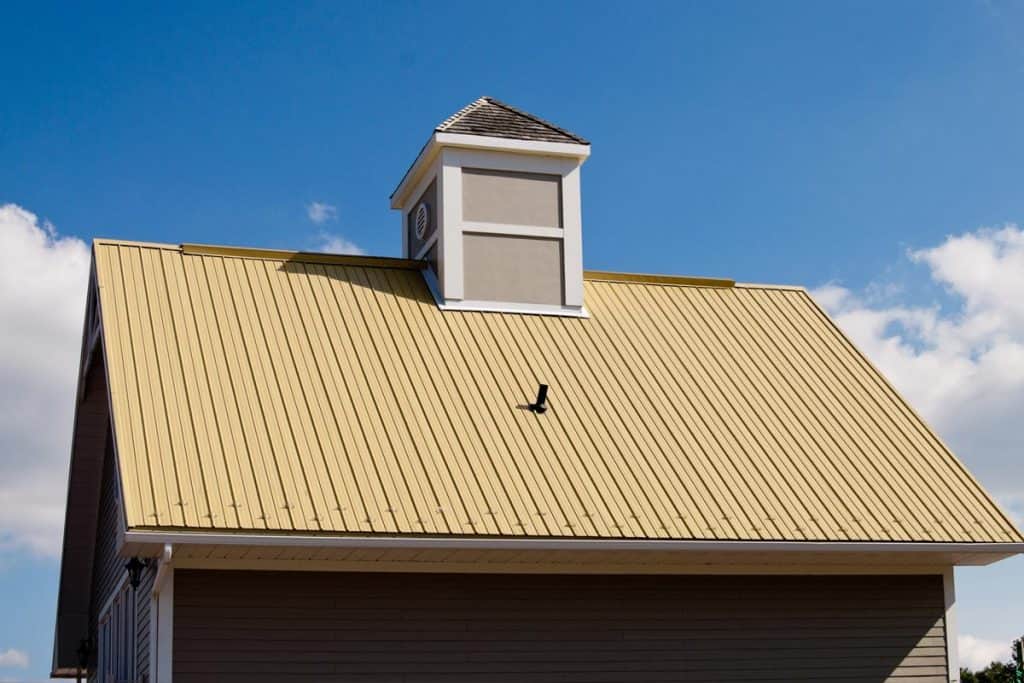
The majority of the heat is lost through the windows and roofing. One method to reduce heat gain into your structure is to utilize energy-efficient windows. Light-colored exterior walls and roofs are also beneficial in lowering heat absorption. The use of light hues isn't a secret, as they are time-tested in many areas worldwide.
A cool roofing system that is highly reflective, or high albedo, is known as light-colored roof cool roofing. Incident solar radiation up to 85 percent is possible due to the high reflectiveness. A typical surface reflects 20% or less of incident solar radiation.
Because it reflects UV radiation, a good roofing material will have a longer life on your house. Traditional roofs are subjected to enormous thermal stress due to this temperature change. A poorly sealed roof can also cause leaks and other problems.
Select a commercial roofing material in beige, light gray, or white for the most UV-reflectiveness on hot, sunny solid days. It will have a longer life owing to less contraction and expansion. Reflectance should be between zero and one, zero being the best absorber and one being the finest reflector. The emissivity of a cool roofing surface is another crucial heat radiation measurement, with a value of 1.0 for an ideal outside coating. The color white is the best choice for cool roofing tolerances because it fulfills all of them.
